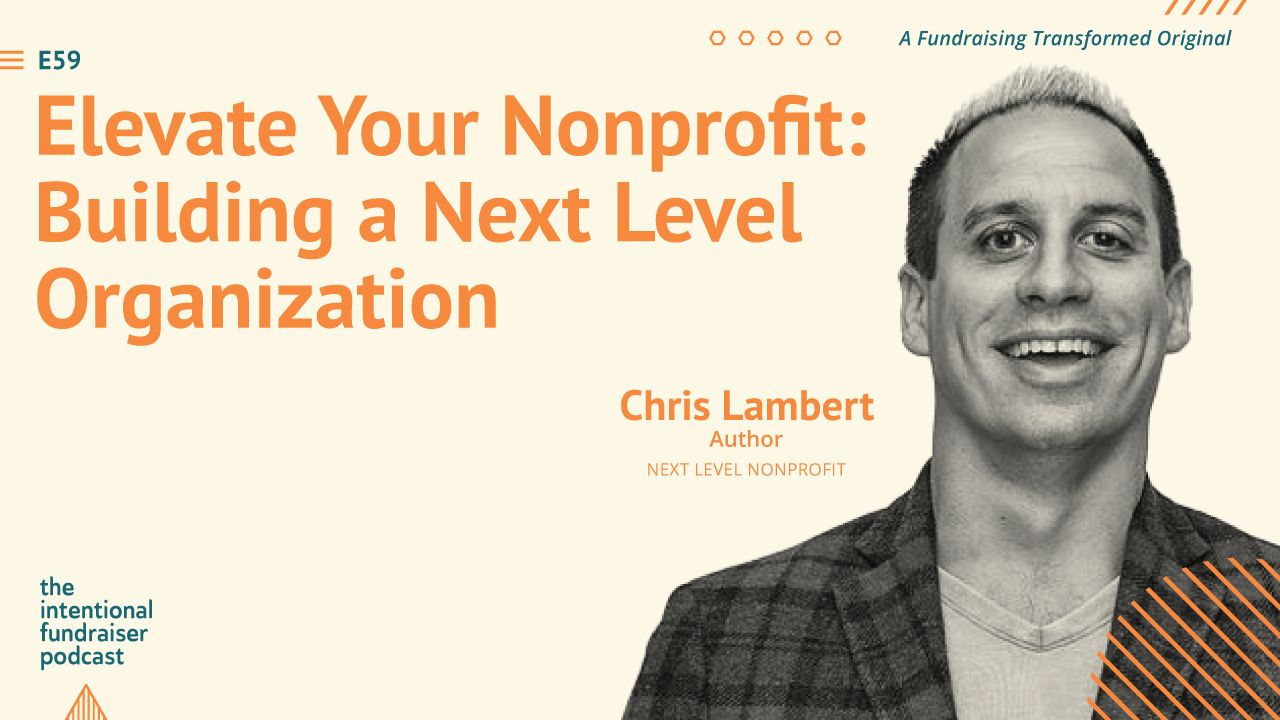The Lost Art of Thanking Donors

By Tammy Zonker, Fundraising Strategist & Keynote Speaker
In an effort to professionalize our work, we’ve become more formal (and a bit cold) in our communication. In the spirit of efficiency, we’ve lost the human touch. Too often, we focus on the process workflow of the transaction, at the expense of giving donors what they want. And our abysmal donor retention rates show it.
Here’s what we need to remember:
A prompt and sincere thank you letter is the cheapest and most effective way to retain a donor. No kidding. The mountain of research data compiled by Roger Craver at DonorTrends, Penelope Burk at Cygnus Research and Blackbaud Institute confirms this to be true.
Let’s dispell the top 5 myths about donor thank you letters.
- The thank you letter’s primary purpose is to confirm the donor’s IRS tax deduction eligibility. While the IRS eligibility confirmation is a transaction necessity, it will not contribute to strengthening the donor relationship or retaining donors year-over-year.
- Our online gift auto-responder serves as our gift acknowledgment and thank you communication. No, actually your auto-responder is an effective confirmation that the gift transaction was successful. But it does not take the place of a prompt and sincere thank you letter.
- No one reads those gift acknowledgment letters anyway. Agreed, without personalization and evidence of a human touch; our often uninspiring acknowledgment letters are skimmed at best. No wonder the average U.S. donor retention rate is only 46%. But you can change that with some intentional effort. We can do better, and our donors deserve better.
- We’re concerned about annoying our donors with too much communication or appearing wasteful by mailing them too frequently. Donor survey data tells us the reasons donors leave us, and it’s not because they get too many thank you letters. According to DonorTrends, the stack-ranked reasons donors leave are:
- Failure to show an impact
- Failure to thank
- Unreliable or inconsistent donor service
- Too frequent contact
- It’s acceptable to include a soft-solicitation such as a giving envelope in our gift acknowledgment mailing. No, thanking and asking should be two separate and distinct activities. Donors want to know the impact of their last gift before they’ll consider making an additional gift. This too is a contributing factor to the concerning donor retention rate in the U.S. If your donor retention rate is higher than the 46% U.S. national average, bravo! But it would likely be even higher if you stopped combining thanking and asking.
What do donors want in their thank you letters, anyway?According to Cygnus Research, donors are very clear about what they want.
- 51% want their thank you letter personalized in some way
- 30% want their thank you letter to acknowledge how the gift will be used
- 16% want handwritten messages on their thank you letter
- 13% want their thank you letters to be signed by a Board Member
What are the attributes of a great donor thank you letter?Great donor thank you letters are prompt and accurate. Prompt, meaning in the mail with a human signature within a couple of days of gift receipt. Accurate, meaning correct gift value and restrictions noted if applicable. But also accurately reflecting that you know your donor and their preferences. For example, I may be in your database as Tamera, but prefer to be called Tammy. Accurately addressing the donor couple, even if one of them clearly made the gift – if that is their preference. For example, “Dear Tammy & Trent,” I love to Include a grateful testimonial quote from someone served by the organization. It’s the first piece of evidence that the donor is actually making a difference in the life of a real person.
Of course, brilliant Tom Ahern has taught us to make certain our donor communication has more “YOU” language than “WE” language. The donor is the hero, not our organization. I recommend having a minimum of three “you or your” words to each “we, our, us” words. Legendary Jerry Panas introduced us to the acronym “BOY.” Because of you… What an incredible sentence starter to connect the donor directly to lives changed. But don’t fall into the trap of inserting yourself in the middle of the donor and the impact. For example, “Because of you, we were able to provide scholarships to seven deserving young people.” It’s far more meaningful to the donor to read, “Because of you, seven deserving young people were awarded scholarships.” Regardless of whether the gift was restricted or unrestricted, a great thank you letter includes an impact statement. What will be different because of this generous donor? I know that can be tricky when it comes to thanking donors for unrestricted gifts. That’s why I’ve included an example of a gift impact statement for an unrestricted gift below. Look for the sentence that reads, “You are turning trauma into triumph, despair into determination, and fear into courage every single day.” Now that is an impact statement for an unrestricted gift!
Of course, a great thank you letter has a real signature from the right person. It also includes a personal and handwritten message or p.s. – and donors don’t care if your handwriting is a little messy. Ideally, the letter is signed by your CEO/Executive Director or better yet a Board Member.
You can do this. And isn’t this way of thanking donors more authentic? Isn’t this more you, anyway? More you – before you became concerned with being professional.






